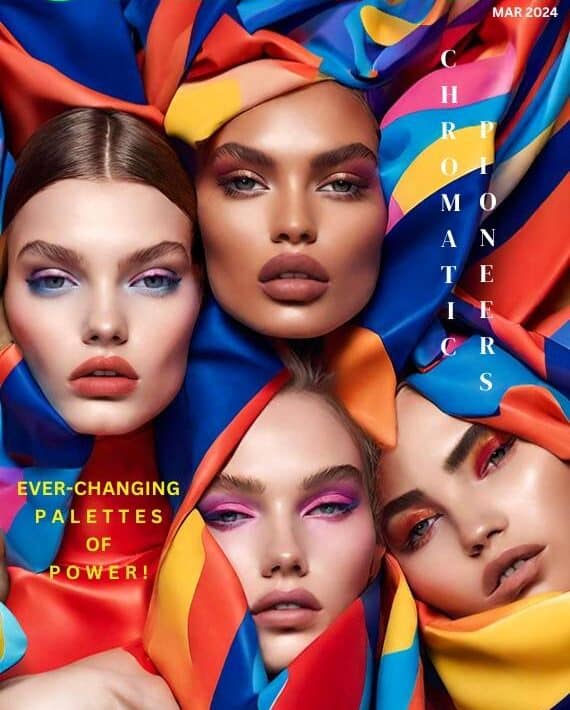Form and Future: How Contemporary Designers Reinterpret Classic Silhouettes for a Modern Age

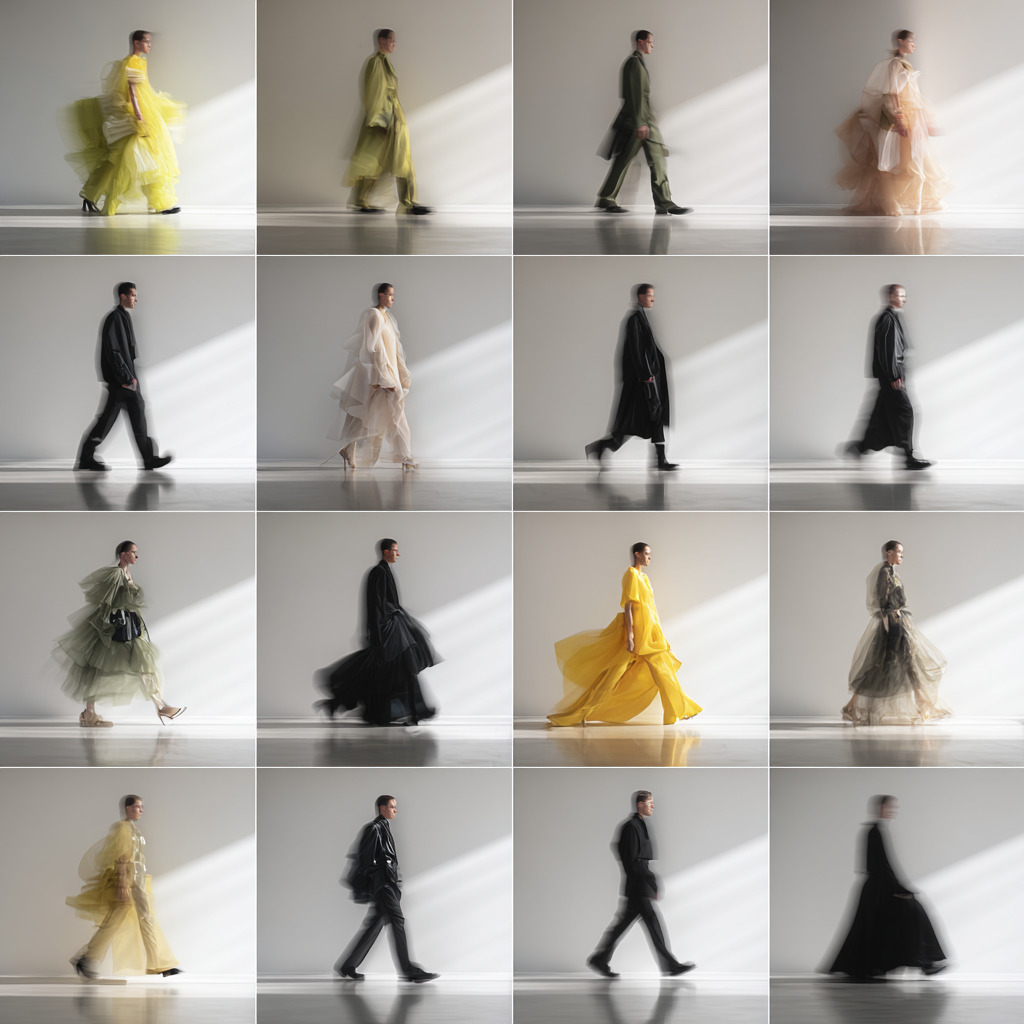
Fashion has always looked to its archives for guidance, but this season, designers are doing more than referencing history, they are rewriting it. Across the runways of Paris, Milan, and New York, classic silhouettes are being expanded, deconstructed, and revived through a distinctly modern lens. The result: a dialogue between form and future that redefines what timelessness looks like in 2026. This is a fashion season that isn’t just a direct imitation of past trends, but about reinterpreting or reimagining “retro” styles with a fresh perspective. Instead of simply repeating history, designers are looking back to remember and build upon fashion’s past in innovative ways.
Volume and the Architecture of Freedom
The most striking silhouette of Spring Summer 2026 is one that refuses to cling. Designers are leaning into volume garments that float around the body, embracing space and ease rather than strict form.
At Balenciaga, creative director Pierpaolo Piccioli drew from the house’s 1957 “sack dress,” reinventing it as a symbol of modern freedom. Cocoon coats, sculptural gowns, and balloon skirts blurred the line between couture and comfort.

Balenciaga Sack Dress : 1957 versus 2026; Image Source: Balenciaga Archive, Press Office
Similarly, Rick Owens and Loewe explored the idea of “wearable architecture,” crafting garments that envelop rather than expose. The body remains central, but it’s liberated a quiet rebellion against the culture of control.
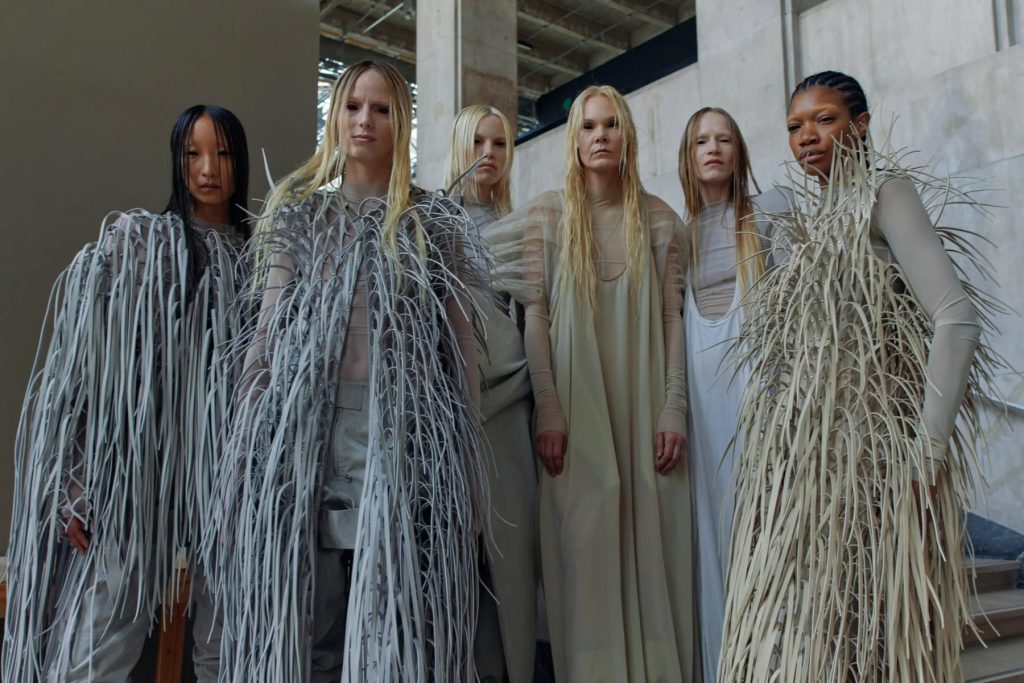
Rick Owens Spring/Summer 2026; Image Source : Press Office
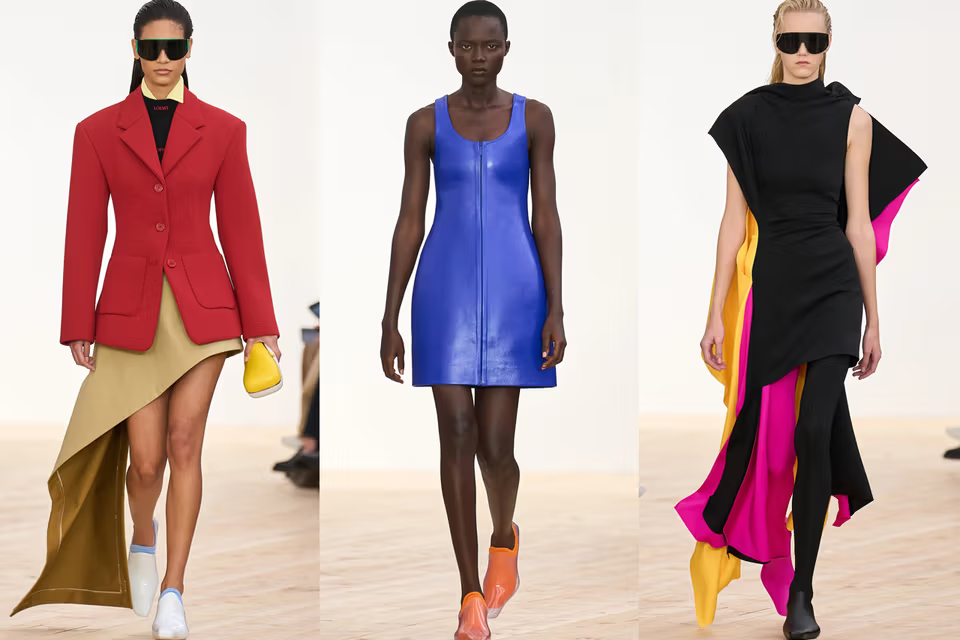
Loewe Spring/Summer 2026 ; Image Source : Press Office
Tailoring, Reconstructed
While soft volume floated through many shows, tailoring brought grounding and gravitas but with a twist.
Saint Laurent revisited the power suit with a lighter hand. Strong shoulders appeared in diaphanous fabrics, paired with fluid trousers and translucent blouses. The result was power dressing, unburdened by stiffness.
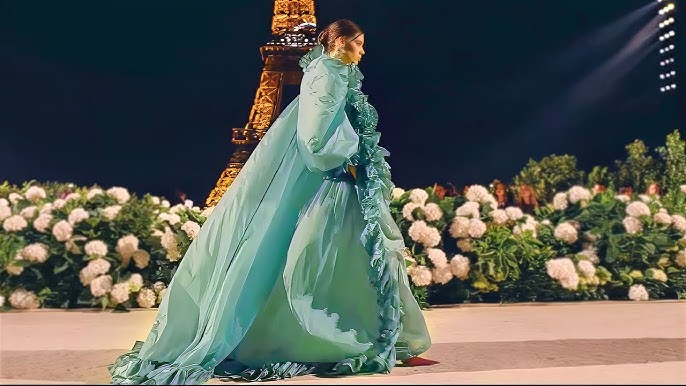
Saint Laurent, Paris Fashion Week SS26 ; Image Source : Press Office
At Dior, Jonathan Anderson’s debut collection was a love letter to heritage filtered through modernity. The house’s iconic Bar jacket appeared alongside cargo shorts, capes, and utilitarian layering an unexpected collision of classic form and streetwise ease.
“The new tailoring isn’t about dominance,” Anderson explained post-show.
“It’s about direction strength that moves.”
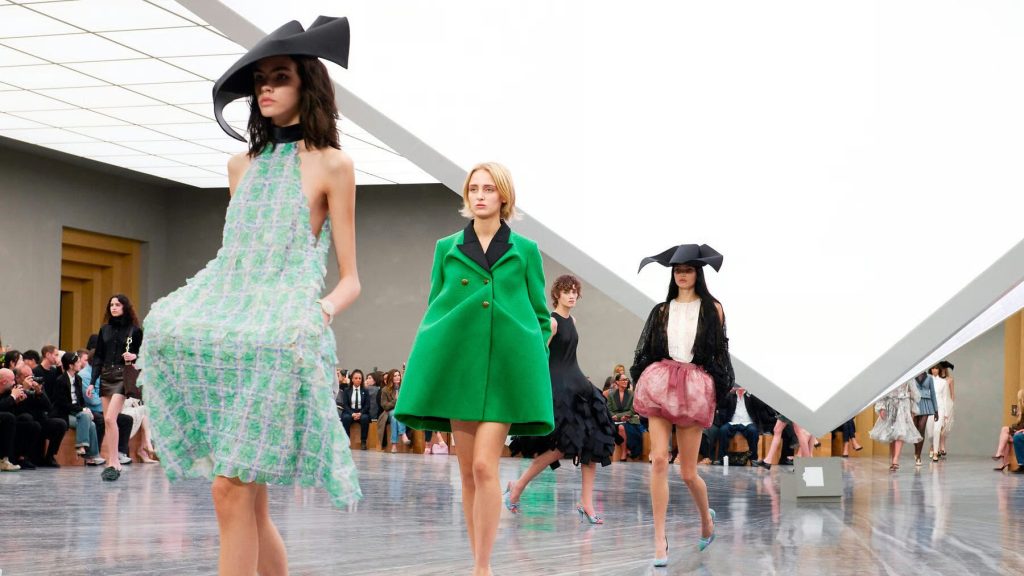
Dior, Spring-Summer 2026 ; Image Source : Press Office
Archive Meets Avant-Garde
From Ferragamo to Prada, designers are treating their archives like living organisms to be evolved, not merely preserved.
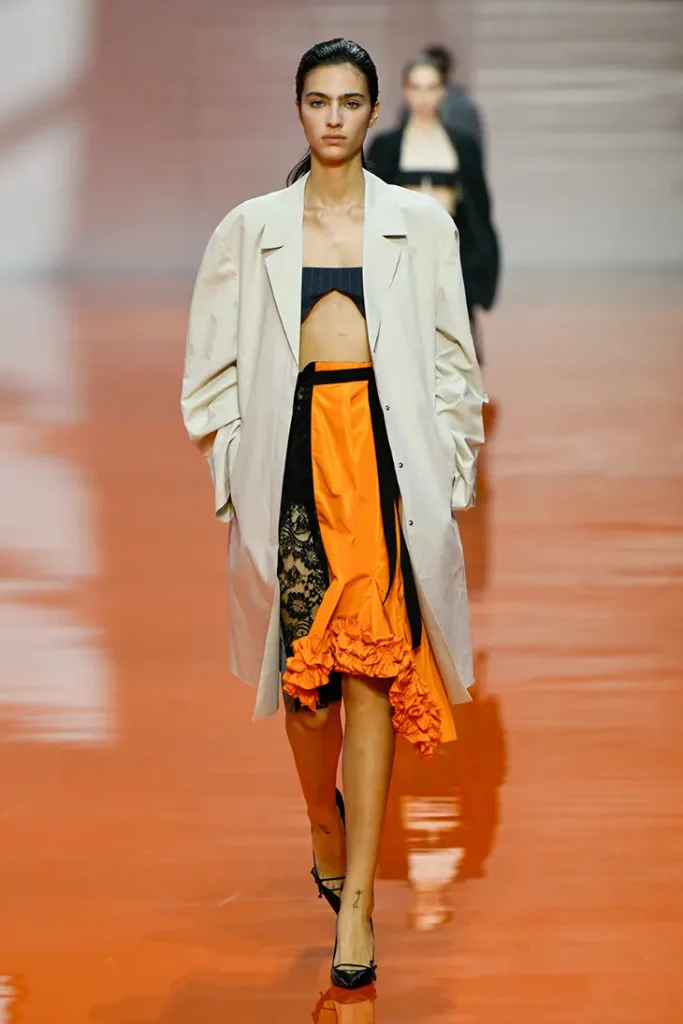
Prada, Milan Fashion Week SS26 ; Image Source : Press Office
At Ferragamo, Maximilian Davis reimagined the exuberance of the Roaring ‘20s through a modern, gender-fluid lens. Drop-waist dresses, speakeasy suiting, and flapper-inspired prints emerged in high-tech fabrics and sun-faded tones.

Ferragamo SS26 ; Image Source : Press Office
Elsewhere, archival motifs stripes, dots, art deco embellishments were transposed into unexpected textures: metallic silk, recycled nylon, even raw canvas.
This reworking of material and memory suggests a fashion world that is self-aware yet restless, drawing from its roots while pushing into new aesthetic territory.
Feminine Codes, Reinvented
Softness has always been fashion’s most powerful form of resistance. This season, designers reinterpreted femininity through structure, strength, and subtle disruption.
Chloé broke from its signature bohemian softness, introducing sharp leather belts, sculpted blazers, and tailored trousers in 1980s florals. It’s still romantic, but with a pulse of rebellion.
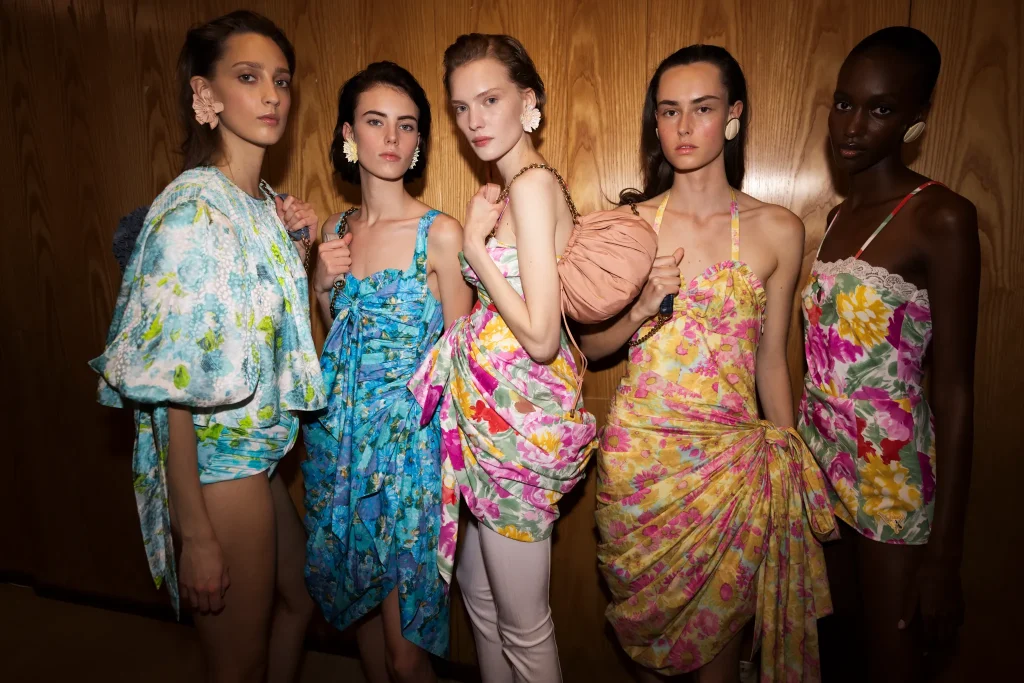
Chloe SS26 ; Image Source : Press Office
Meanwhile, Stella McCartney and Victoria Beckham fused sensual draping with minimalist restraint proving that femininity, far from being a weakness, is a site of evolution itself.

Stella McCartney, PFW, Spring Summer 2026 ; Image Source : Reuters
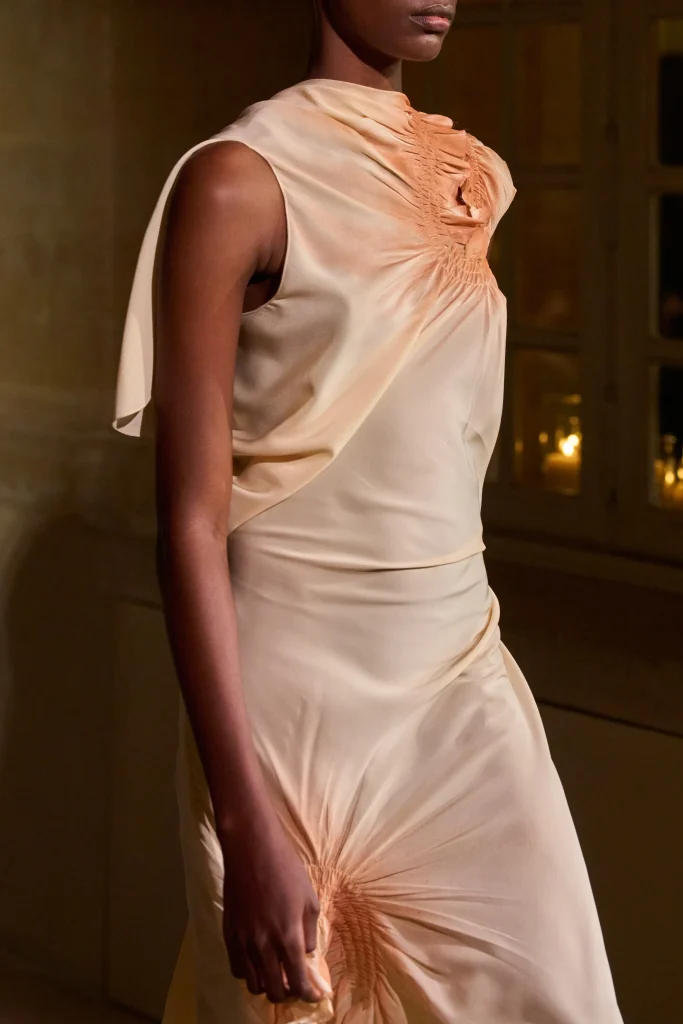
Victoria Beckham SS26 ; Image Source : Press Office
A Tribute to “Check” Patterns
The check pattern, one of fashion’s most enduring motifs, reemerged as a dominant theme in the Spring/Summer 2026 collections, appearing across heritage and avant-garde houses alike. From Burberry’s revival of its iconic tartan in metallic, beaded, and crocheted finishes to independent designers referencing woven market-bag grids and pastel ginghams, SS26 confirmed the check as both a symbol of legacy and a site of cultural negotiation. Its recurrence reflects fashion’s fascination with heritage craft and visual order amid digital chaos: the grid becomes a canvas for innovation, expressed through laser-cut leather, chainmail overlays, or digital prints.
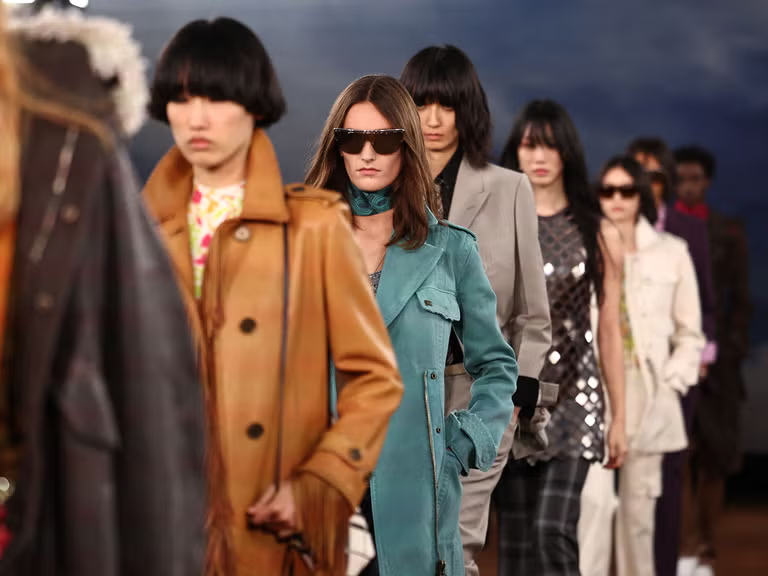
Burberry SS26 ; Image Source : Press Office
Form as a Dialogue
Across all these collections, one truth resonates: form is no longer static. It’s a dialogue between heritage and innovation, between who we were and who we’re becoming.
Spring Summer 2026 reframes fashion’s eternal question what’s next? by suggesting that the answer lies not ahead, but within. Every pleat, seam, and silhouette carries memory, but in the hands of today’s designers, that memory is rewritten in real time.
The past is not repeated it’s reimagined. Spring Summer 2026 proves that true modernity isn’t about erasing history it’s about making it move again.




